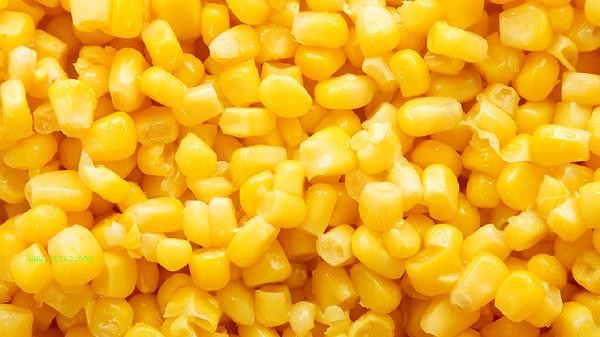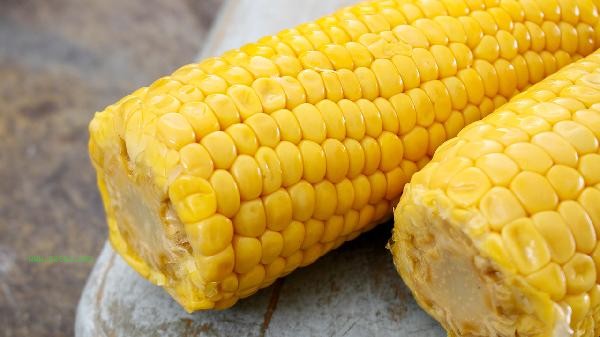The best methods for storing corn mainly include low-temperature drying and sealing, avoiding light and moisture, regular inspection, classified storage, vacuum packaging, etc. Reasonable storage can prevent mold and insect infestation, and extend storage time.

1. Low temperature drying and sealing
Place the corn in a cool and ventilated place, keeping the ambient temperature below 15 degrees Celsius and humidity controlled within 60%. Use food grade sealed containers or thick plastic bags to reduce air contact. This method is suitable for short-term storage, which can maintain the moisture balance of corn and prevent moisture and clumping.
2. Avoid light and moisture
Corn should be kept away from direct sunlight and humid environments. Ultraviolet radiation can accelerate fat oxidation and cause spoilage. It is recommended to use blackout cloth bags or brown glass jars for packaging, and the bottom layer can be covered with moisture absorbing agents such as food desiccants. In humid areas, a small amount of natural pest control materials such as Sichuan peppercorns can be added.
III. Regular Inspection
Check the status of stored corn at least once a month, with a focus on observing for mold spots, insect eggs, or odors. If moisture is found, it should be dried immediately, and moldy parts should be discarded in batches. Gently shake the container during inspection and listen for the sound. Dry corn will produce a crisp collision sound.

4. Classified Storage
Fresh corn cob should be frozen with a shell, and dry corn kernels should be stored separately from insect prone ingredients such as beans. It is recommended to package different varieties of corn separately, as the difference in moisture content between sweet corn and glutinous corn may lead to cross mold.
V. Vacuum Packaging
Long term storage can be achieved by using a vacuum sealing machine to remove air, and using it in conjunction with a deoxidizer yields better results. Vacuum packaged corn can be stored at room temperature for 6-8 months with minimal nutrient loss. After opening, it should be consumed as soon as possible.

During storage, corn can be regularly taken out and dried for 2-3 hours, but avoid high temperature exposure that may cause cracking. Before consumption, carefully wash and observe for any signs of mold or insect infestation. If it is planned to make corn flour, it is recommended to mill it on the spot. The crushed corn is more prone to oxidative deterioration. For a large amount of stored corn, food grade inert gas filling technology can be considered, which can effectively inhibit microbial activity. Note that corn cooked in different ways has different storage requirements. Boiled corn needs to be refrigerated and consumed within 3 days, while roasted corn has less moisture and can be stored for an extended period of time.








Comments (0)
Leave a Comment
No comments yet
Be the first to share your thoughts!